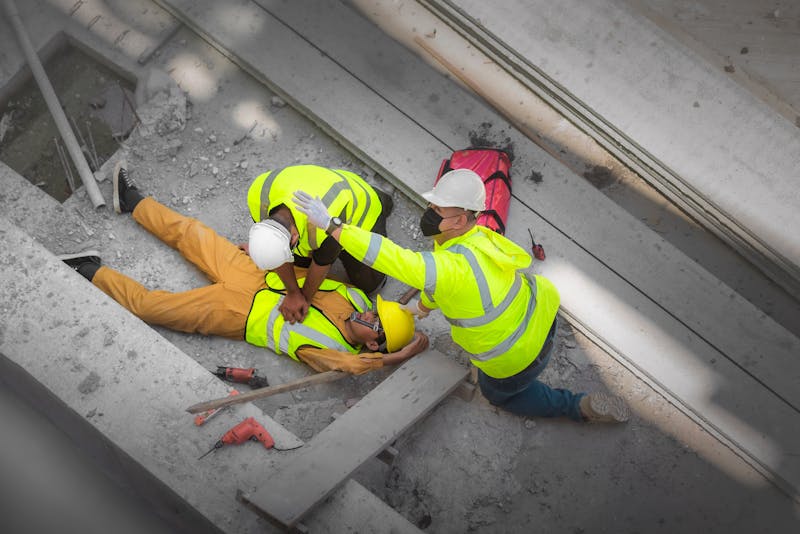
New York's has laws known as the “labor Laws” that include protecting construction workers from the dangers of falls and falling objects on job sites. Construction work involves working at heights, and the risk of accidents and injuries is ever-present. The “Labor Law imposes a high level of responsibility on landowners, land developers and others to ensure the safety of workers by implementing adequate precautions and safety measures. These laws allow injured workers to bring punishing lawsuits against them, many times resulting in multi-million dollar awards.
If you or a loved one have been injured due to a fall or a fallen object on a construction site, you should contact a construction accident lawyer to get due compensation.
Legal Background
Section 240 of the New York Labor Law, is a unique provision that establishes strict liability for gravity-related injuries on construction sites. This means that land owners, land developers and others can be held responsible for accidents involving falls from heights and injuries caused by falling objects, regardless of worker negligence.
Heightened Responsibility
Under the Labor Law, landowners, land developers and others are required to provide proper safety equipment, including scaffolds, ladders, hoists, and other devices, to protect workers from falls. They are responsible for ensuring that these equipment and structures are in good condition, assembled correctly, and meet safety standards. This law places a heightened duty of care on employers to prioritize worker safety.
Worker Protections
The Labor Law prioritizes the safety and well-being of workers. It recognizes the inherent risks associated with working at heights and aims to prevent accidents and injuries. By imposing strict liability, it ensures that land owners, land developers and others take necessary precautions and implement effective safety measures to protect workers from falls and falling objects. The law places this responsibility on land owners, land developers and others as they are in the best position to mandate a safe worksite.
Falls from Heights
One of the primary focuses of the Labor Law is preventing falls from heights. landowners, land developers and others must ensure the provision and use of proper scaffolding, guardrails, safety nets, and personal fall arrest systems to protect workers. These safety measures are crucial in minimizing the risk of falls and reducing the severity of injuries in case of accidents.
Falling Objects
The Labor Law also addresses the risk of falling objects, which can cause severe injuries to workers below. Landowners, land developers and others are required to implement measures to secure and stabilize objects at heights, such as debris netting, toe boards, and protective barriers. These precautions help prevent objects from falling and striking workers, ensuring their safety.
Enforcement and Compliance
To ensure compliance with the Labor Law, government agencies such as the New York State Department of Labor (NYSDOL) and the New York City Department of Buildings (DOB) and the Occupational Safety and Health Administration (OSHA) conduct inspections of construction sites. These inspections focus on assessing the adequacy of safety measures, including scaffolding, fall protection systems, and precautions against falling objects.
Impact on Workers' Rights
The Labor Law plays a vital role in protecting workers' rights in the construction industry. In the event of a construction accident involving falls or falling objects, injured workers can seek compensation through punitive lawsuits against landowners, land developers and others for their injuries, medical expenses, lost wages, and other damages. The law provides a legal avenue for workers to hold responsible parties accountable for their negligence and ensure fair compensation.
Construction Industry Safety
New York's Labor Law has contributed to improving safety in the construction industry. It encourages employers to prioritize worker safety and invest in effective safety practices. By strictly enforcing liability for falls and falling objects, the law acts as a deterrent, encouraging proactive safety measures and preventing accidents.
Continuous Improvement
New York's Labor Law has paved the way for ongoing efforts to improve safety standards and practices in the construction industry. It has prompted increased awareness, training, and the development of a safer environment.


